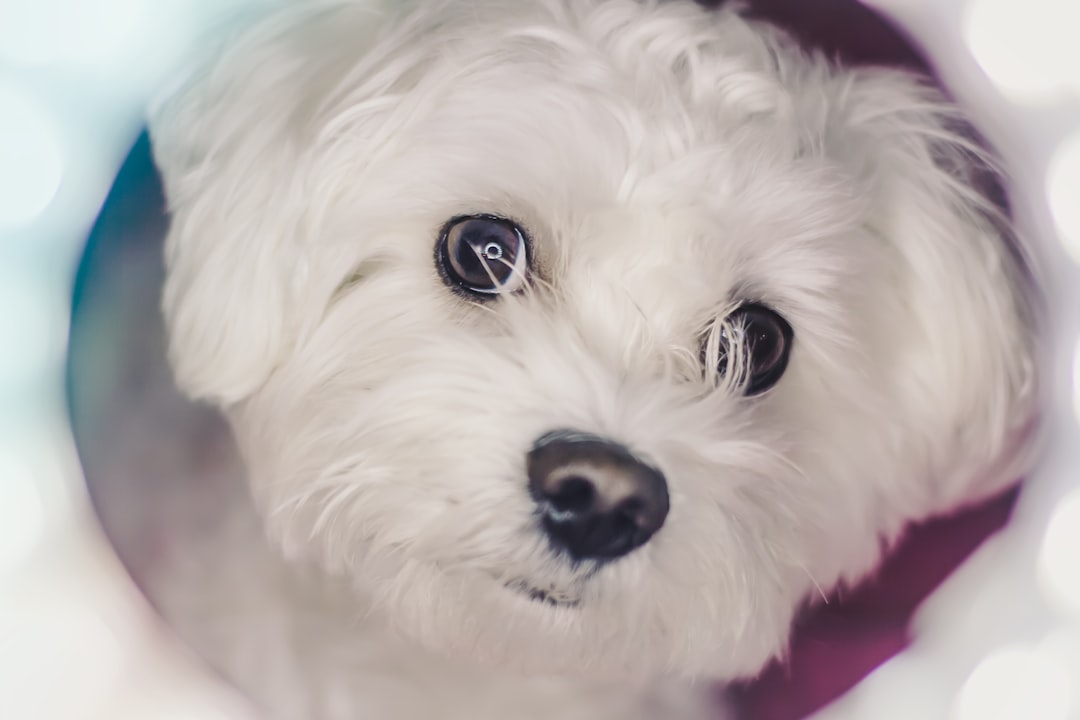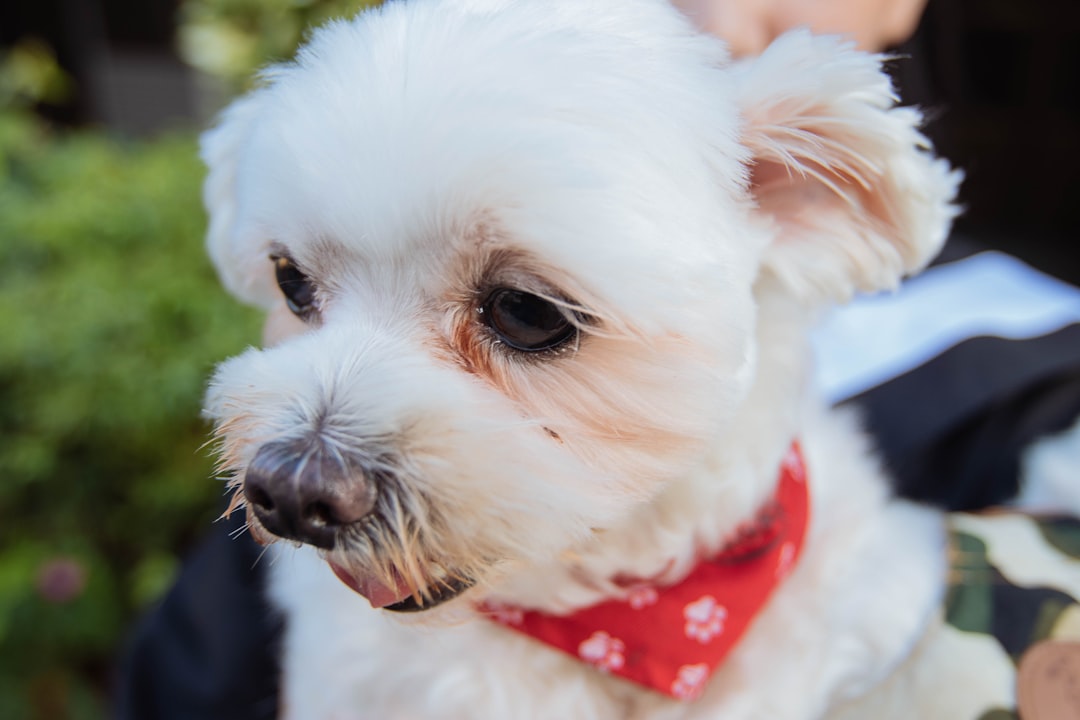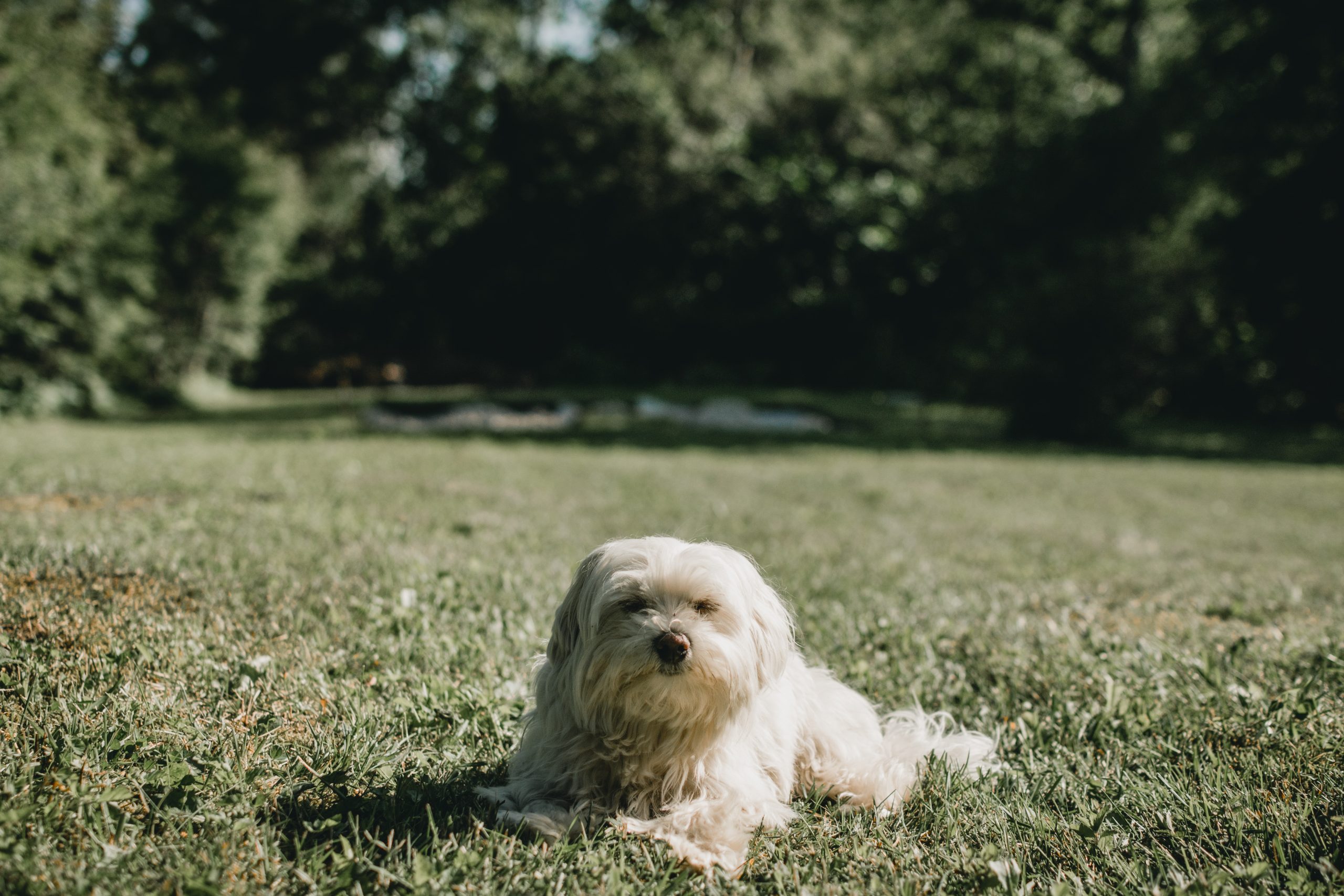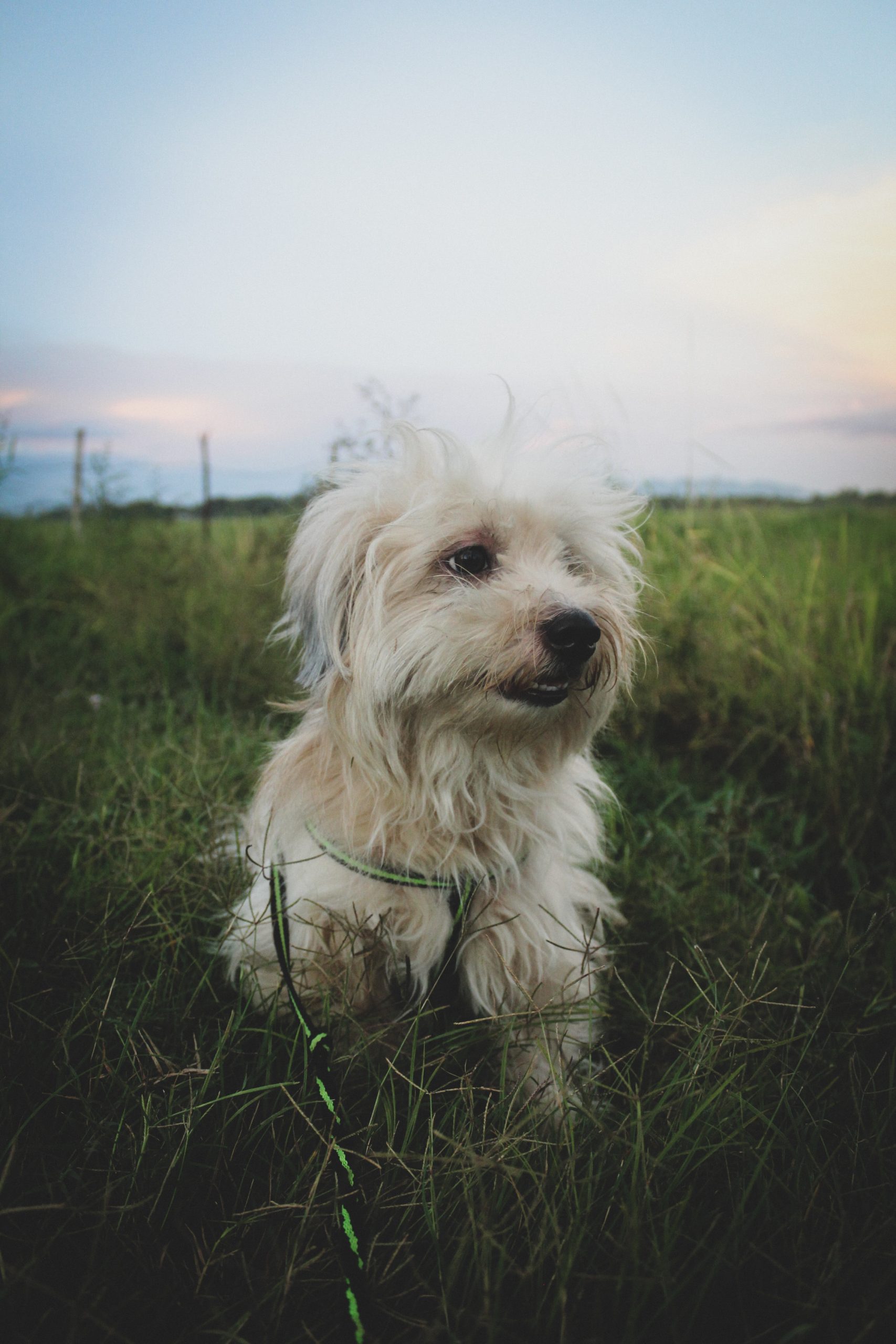The Complete Guide to Maltese Dogs: History, Care, and Training Tips
An overview of the Maltese dog breed, including its history, physical characteristics, temperament, grooming needs, training tips, and care considerations.
Overview of the Maltese Dog Breed
The Maltese dog breed has a captivating history that dates back to ancient times, with its roots intertwined with the Mediterranean island of Malta and its popularity in Ancient Rome. The breed’s enduring appeal led to its recognition by the American Kennel Club in 1888, solidifying its status as a beloved and cherished companion animal. Throughout history, the Maltese has been revered for its elegant and graceful appearance, characterized by a long, silky, pure-white coat, a compact body, and a distinctive plumed tail [4]. These physical characteristics contribute to the breed’s iconic allure and timeless charm, making it a sought-after pet for dog enthusiasts worldwide.
In addition to its captivating appearance, the Maltese dog is celebrated for its lively, affectionate, and calm temperament, making it an ideal companion for individuals of all ages and various living environments, [4]. Whether it’s providing comfort to the elderly or bringing joy to energetic children, the Maltese’s adaptable nature and endearing personality shine through in every interaction. A key aspect of caring for this breed involves meticulous grooming to preserve its pristine coat and overall appearance, underscoring the commitment required to maintain its distinct beauty. Furthermore, the intelligence, trainability, and responsiveness of Maltese dogs make them eager learners, showcasing their adaptability to different training techniques and positive reinforcement methods, [3]. By addressing common health issues and ensuring adequate exercise, owners can actively safeguard the well-being of their Maltese companions, allowing them to thrive and lead fulfilling lives.
 Origin and History of the Maltese Breed
Origin and History of the Maltese Breed
The Maltese dog breed has a fascinating history that dates back to ancient times, with its origins intertwined with the Mediterranean island of Malta and its popularity in Ancient Rome. The breed’s lineage can be traced back more than 2,500 years, highlighting its enduring appeal and historical significance, [4].
In addition to its ancient roots, the Maltese breed gained formal recognition by the American Kennel Club in 1888, marking a pivotal moment in its historical journey and solidifying its status as a cherished companion animal with a rich heritage. This recognition not only showcases the breed’s enduring popularity but also underscores its continued relevance and appeal to dog enthusiasts and pet owners alike.
Furthermore, delving into the historical significance of the Maltese breed provides captivating insights into its evolution over time, shedding light on its transformation from an ancient favorite to a beloved modern companion. This historical context adds depth to the breed’s story, making it a compelling and cherished part of canine history that continues to captivate dog lovers around the world.
 Physical Characteristics and Appearance
Physical Characteristics and Appearance
The Maltese dog’s physical appearance is a key aspect of its charm and appeal. This breed is renowned for its long, silky, pure-white coat, which is a defining feature that adds to its elegance and beauty. The compact body and distinct plumed tail of the Maltese further accentuate its graceful and unique characteristics, making it a visually striking breed. For individuals seeking a small dog with a luxurious coat, the Maltese stands out for its exquisite physical attributes.
In addition to its coat, the Maltese’s size, weight, and genetic lineage contribute to its exceptional qualities. Weighing around 3-4 kg and standing at about 20-23 cm tall, the Maltese possesses a petite yet sturdy build that is characteristic of toy breeds, underscoring its dainty and endearing nature. Furthermore, the breed’s genetic relation to other breeds such as the Bichon, Bolognese, and Havanese sheds light on its rich and diverse ancestry, adding depth to its heritage and physical traits. The dense, glossy, and non-shedding coat of the Maltese dog is not only aesthetically pleasing but also practical, making it a popular choice for individuals who prefer a low-shedding and visually striking companion. This unique coat contributes to the breed’s iconic appearance and allure, setting it apart from other toy breeds and making it a sought-after pet for many dog enthusiasts.
Temperament and Personality Traits
The Maltese dog’s temperament and personality traits are truly exceptional, making them beloved companions in various settings. Known for their lively, affectionate, and calm demeanor, Maltese dogs have a unique ability to adapt to different living environments, whether it’s a bustling city apartment or a serene suburban home. Their lively nature brings joy and energy to households, while their affectionate and calm behavior makes them wonderful companions for families with children, older individuals, or anyone seeking a devoted furry friend.
For example, a Maltese dog’s lively disposition can be seen in their playful interactions with family members, their eagerness to participate in activities, and their ability to provide emotional support. Additionally, their calm and affectionate nature is evident in their tendency to seek closeness with their human companions, offering comfort and companionship during quiet moments. This unique blend of liveliness and calmness makes Maltese dogs adaptable to various lifestyles and living arrangements, further enhancing their appeal as cherished pets.
Furthermore, the adaptability and alert nature of Maltese dogs make them excellent companions for older children and the elderly. Their ability to sense and respond to the needs of different family members, coupled with their gentle and affectionate demeanor, fosters strong bonds and enriches the lives of those they interact with. Whether it’s engaging in playful activities with children or providing comforting companionship to older individuals, Maltese dogs consistently demonstrate their endearing temperament and unwavering loyalty, making them exceptional family members.
Grooming Needs and Maintenance
Grooming is an integral part of caring for a Maltese dog due to its distinctive white, silky coat. Regular grooming routines, including brushing and bathing, are essential to prevent matting and maintain the breed’s luxurious appearance. For example, a Maltese should be brushed a few times a week to prevent tangles and mats from forming in their long, flowing coat. Additionally, bathing should be done regularly, with a frequency of every three to four weeks, to keep the coat clean and free from dirt and debris.
In addition to grooming, the Maltese’s adaptability to apartment living is a testament to its low-maintenance nature and its suitability for various living environments. Despite their glamorous appearance, Maltese dogs are known for their ease of care, making them an excellent choice for first-time dog owners or individuals living in smaller spaces such as apartments or condos. Their adaptability also extends to their tolerance of different climates, making them well-suited for various geographical locations and living conditions.
It’s important to note that the significance of maintaining the Maltese dog’s coat goes beyond aesthetic purposes. The coat acts as a protective barrier for the dog’s skin, and regular grooming not only ensures their attractive appearance but also contributes to their overall health and well-being. By incorporating grooming as a regular part of caring for a Maltese, owners can ensure that their beloved pets remain comfortable, healthy, and always looking their best.
Training Tips and Techniques for Maltese Dogs
When it comes to training Maltese dogs, it’s essential to recognize their intelligence and eagerness to please, making them highly responsive to training methods. For example, due to their intelligence, Maltese dogs can quickly learn commands, making them adaptable to positive reinforcement techniques such as clicker training or reward-based training. Early socialization is also crucial for Maltese puppies to ensure they grow up to be well-adjusted and sociable adults. By introducing them to various people, animals, and environments from a young age, they can develop into confident and well-mannered companions. This adaptable nature and receptiveness to different training approaches make Maltese dogs an excellent choice for owners who value a trainable and intelligent pet.
Moreover, Maltese dogs are known for their alertness and enthusiasm, which can be channeled into being responsive watchdogs when trained properly. Utilizing their natural instincts, they can be taught to alert their owners to potential intruders or unusual activities. This aspect of their temperament, when harnessed through positive reinforcement training, can serve as an added benefit for households seeking a companion with protective qualities. By understanding and capitalizing on the breed’s distinct personality traits, owners can effectively train their Maltese dogs to be well-mannered, obedient, and attentive pets, fitting seamlessly into various lifestyles and living environments.
Health and Care
The health and care of Maltese dogs are crucial aspects of responsible pet ownership. One of the common health issues associated with this breed is patellar luxation, a condition in which the kneecap shifts out of alignment. This condition can cause discomfort and lameness in affected dogs, highlighting the importance of regular veterinary check-ups and proactive management to address potential health concerns. Additionally, genetic conditions such as progressive retinal atrophy (PRA) and hypoglycemia are known to affect Maltese dogs, underscoring the need for awareness and preventive measures to safeguard the well-being of these beloved companions.
When it comes to exercise and activity requirements, Maltese dogs benefit from regular physical activity and mental stimulation to maintain their overall health and happiness. Despite their small size, these dogs are energetic and enjoy activities such as short walks, interactive play sessions, and engaging toys that provide both physical exercise and mental enrichment. Furthermore, the significance of feeding high-quality food tailored to the specific nutritional needs of Maltese dogs cannot be overstated. Proper nutrition plays a vital role in maintaining their health, longevity, and vitality, while monitoring the dog’s weight helps prevent obesity-related health issues and ensures they remain in optimal condition.
By prioritizing proactive health management, providing adequate exercise and mental stimulation, and offering high-quality nutrition, pet parents can help ensure that their Maltese companions lead healthy and fulfilling lives. Regular veterinary care, a balanced diet, and engaging activities tailored to the breed’s needs contribute to the overall well-being and longevity of these delightful dogs.
Frequently Asked Questions (FAQs)
- What is the origin and history of the Maltese dog breed? The Maltese dog breed has ancient origins, with its association with Malta and popularity in Ancient Rome. It gained recognition from the American Kennel Club in 1888, underscoring its enduring legacy as a beloved companion animal.
- What are the physical characteristics and appearance of Maltese dogs? The Maltese dog is known for its long, silky, pure-white coat, compact body, and plumed tail, reflecting its unique and elegant traits. Its dense, glossy, and non-shedding coat further contributes to its iconic appearance and appeal.
- What are the temperament and personality traits of Maltese dogs? The Maltese breed is renowned for its lively, affectionate, and calm demeanor, making it an ideal companion for various age groups and living environments. Its adaptability to different settings and alert nature further showcase its versatility as a companion animal.
- What are the grooming needs and maintenance required for Maltese dogs? Grooming is essential for preserving the Maltese dog’s distinctive white, silky coat, encompassing regular brushing and bathing routines. Emphasizing the importance of maintaining the Maltese dog’s coat serves as a cornerstone for preserving its iconic appearance and overall well-being.
- What are some training tips and techniques specifically for Maltese dogs? The intelligence and trainability of Maltese dogs position them as responsive to training and eager to please. Practical tips on socializing and training Maltese puppies from a young age, along with an emphasis on positive training techniques and early socialization, contribute to their adaptability to various training methods.
- Are Maltese dogs good with children and other pets? The Maltese breed’s lively, affectionate, and calm behavior makes it an ideal companion for older children and the elderly, showcasing its endearing temperament and adaptability to different living environments. When properly socialized, Maltese dogs can be good with other pets.
- What are the common health issues or genetic conditions associated with Maltese dogs? Common health issues in Maltese dogs include patellar luxation and genetic conditions, emphasizing the need for proactive health management and care.
- How often should Maltese dogs be groomed and bathed to maintain their coat? Regular grooming, including brushing and bathing, is essential to maintain the Maltese dog’s distinctive white, silky coat and overall well-being.
- Are there reputable breeders or rescue organizations recommended for adopting a Maltese dog? When considering adopting a Maltese dog, it is advisable to choose reputable breeders who prioritize the health and well-being of their dogs. Additionally, rescue organizations or shelters can be valuable resources for finding adoptable Maltese dogs in need of loving homes.
- What are the exercise and activity requirements for Maltese dogs? Maltese dogs require regular physical activity and mental stimulation to maintain their overall health and well-being. While they are relatively low-energy, occasional exercise is important for their vitality and happiness.



